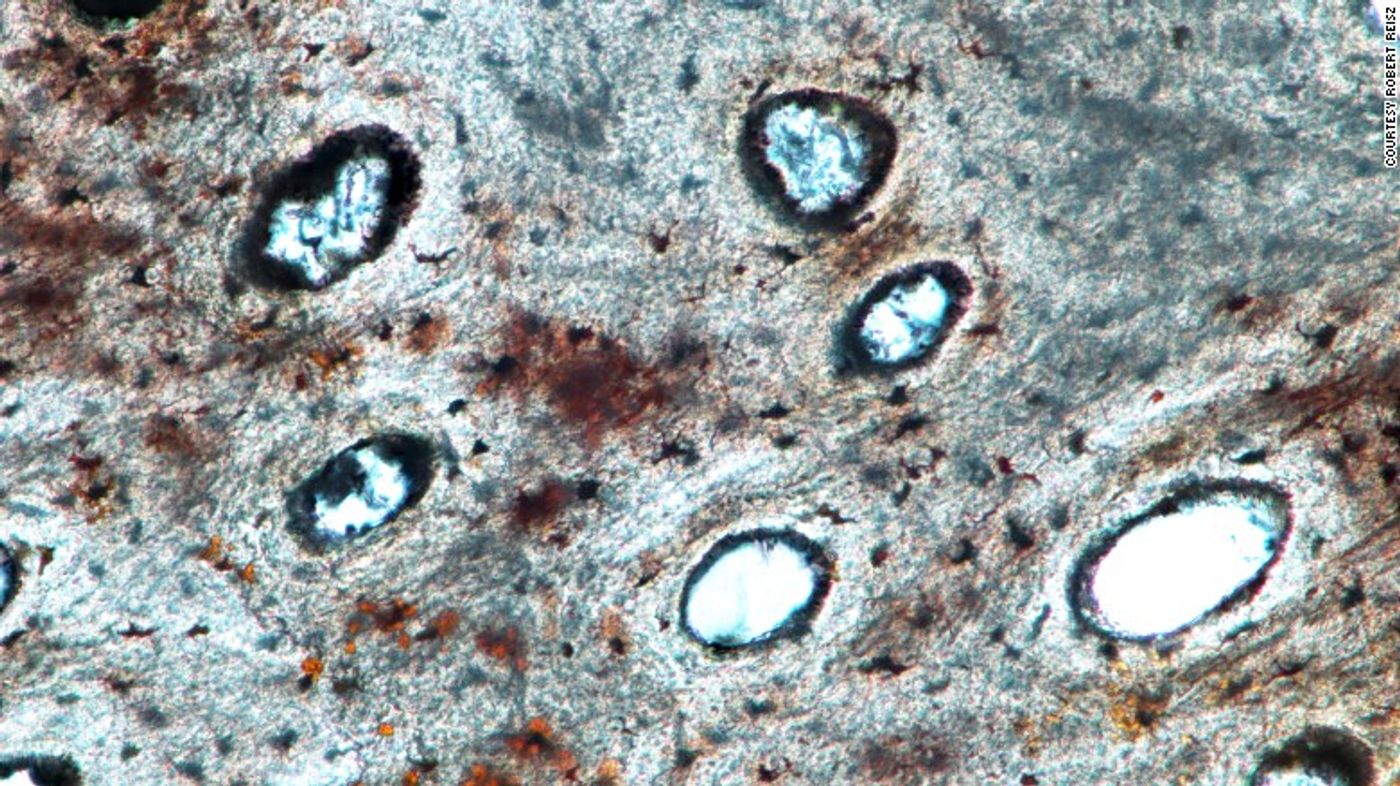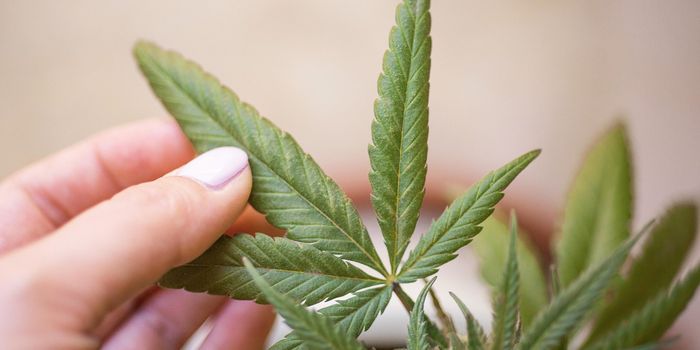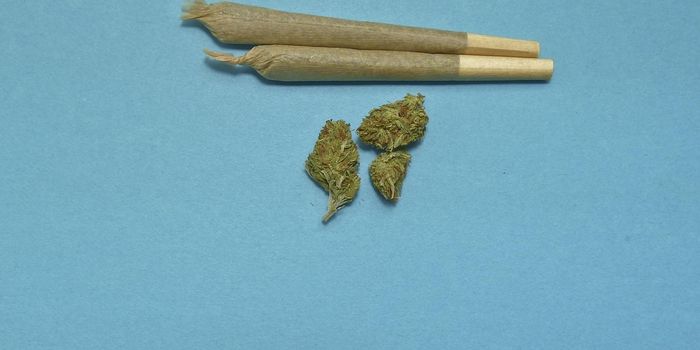These Are the Oldest Soft Tissue Dinosaur Remains Ever Discovered
Paleontologists are always looking for dinosaur fossils to research, and a recent finding from the Yunnan Province in China might just be one of the most peculiar yet, as experts are saying it could contain the oldest traces of preserved soft tissue ever discovered.
Image Credit: Yao-Chang Lee et al./Nature Communications
Most fossils of dinosaurs that you see today are that of hard bones, but with the case of soft tissue, you can really see more into the genetics of the creature. Preserved proteins can help to say a lot about how their bodies were built.
Writing in the journal Nature Communications, Yao-Chang Lee et al. note that the new soft tissue discovery could be linked to an herbivorous long-necked and lizard-like dinosaur known as a Lufengosaurus that existed around 195 million years ago, a new record in terms of any of today’s traces of fossilized soft tissue.
That’s a BIG deal, seeing as how the previous record-holder for the oldest-known preserved soft tissue was of around 75 million years of age. It’s particularly rare to find soft tissue at all, since it’s quick to decay because of the environment around it when the organism passes away.
"We have shown the presence of protein preserved in a 195 million-year-old dinosaur, at least 120 million years older than any other similar discovery," study co-author Robert Reisz said in a statement. "These proteins are the building blocks of animal soft tissues, and it's exciting to understand how they have been preserved."
To learn more, they scanned what they believed to be a rib bone by using a technique known as synchrotron FTIR microspectroscopy. This process effectively let the researchers see more of what was inside of the fossil sample, and more importantly, unlike many other observation techniques, this process would not damage the sample in any way.
Learning more about the chemistry composition of the sample was among one of the highest priorities in the study.
The team was looking for traces of collagen, which is a protein commonly found in connective tissues in our bodies. When they were successful at finding it, the researchers concluded that the traces likely originated from blood vessels that would have circulated blood to the bone cells.
It was a particularly stunning finding, as it’s not often that you would find preserved proteins in a fossil, much less in a smaller bone like that of a rib. It would be more understandable if the remnants came from a larger bone.
Although traces of tissue and proteins were uncovered, any chances of extracting the DNA and attempting to clone the dinosaur is still far out of reach of today’s technology. This is because we don’t have any perfectly-preserved DNA samples, and there’s currently no way to recreate them from such an old sample.
Nevertheless, while the inability to clone the animal from these preserved tissue samples is a bit of a bummer, it’s still inconceivable that soft tissue could have went this long while still remaining perfectly preserved. This will certainly be going down in the paleontology history books.
Source: CNN









